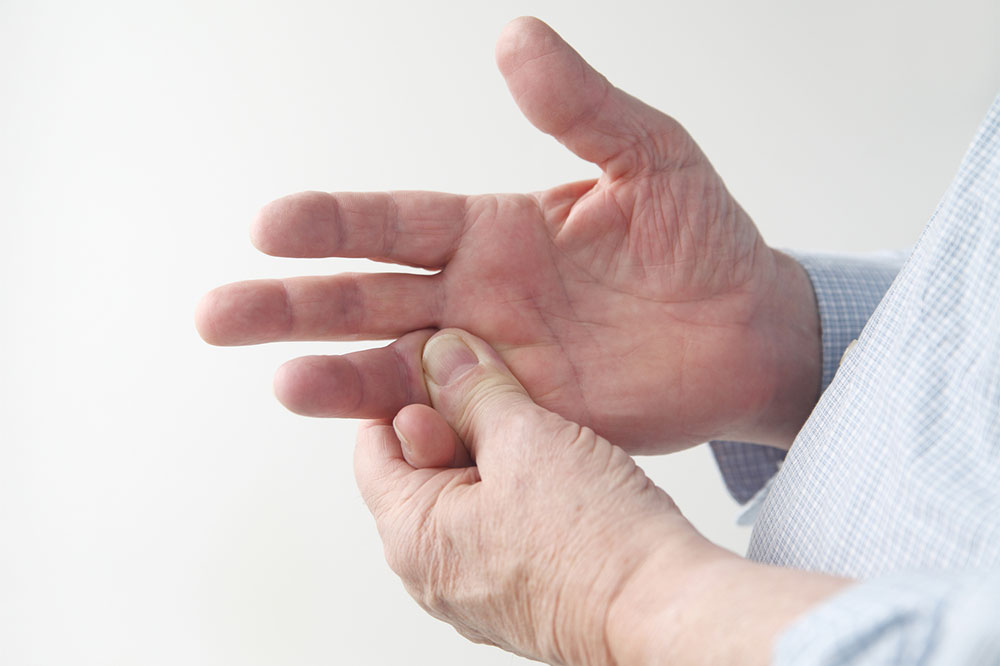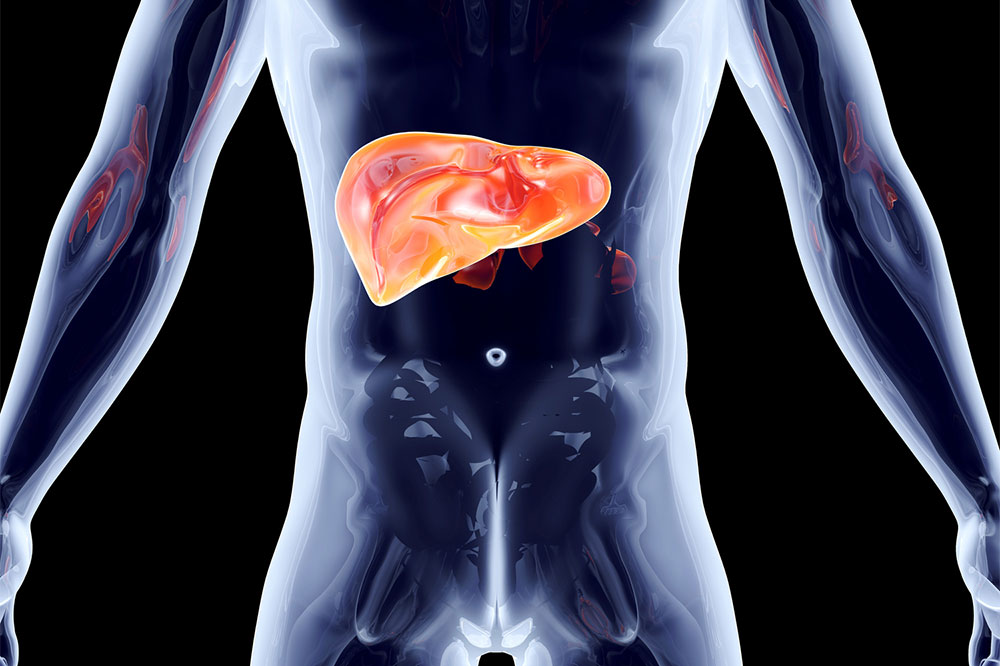9 unusual signs of blood clots

Clotting is an essential function to control bleeding, but it can also cause health issues. When clots develop internally, their symptoms are not always as obvious. While it may result in visible signs like pain and redness in the affected area, a few unusual symptoms may also indicate the presence of a clot. Understanding these less typical signs is crucial for early detection and prompt action. So here are a few unusual signs to know:
1. Shortness of breath
One of the less recognized signs of a blood clot is unexplained shortness of breath. Blood clots in the lungs, known as pulmonary embolisms, can obstruct blood flow and oxygen exchange. This can lead to sudden breathlessness, chest pain, and a rapid heart rate, all of which require prompt medical intervention.
2. Sharp pain in the side or back
A sharp, stabbing pain in the side or back can indicate a kidney or abdominal blood clot. Clotting in these areas can disrupt organ function and cause intense discomfort. Persistent, unexplained pain should prompt one to seek medical attention.
3. Intense headaches
Severe and unrelenting headaches can sometimes be linked to blood clots. Cerebral venous sinus thrombosis (CVST) is a rare condition where blood clots form in the brain’s venous sinuses. Symptoms here may include severe headaches, blurred vision, and neurological deficits, all requiring prompt intervention.
4. Skin discoloration
Unexplained skin discoloration, especially if it appears blue or pale, can be a subtle sign of a blood clot. This is often associated with reduced blood flow in the affected area.
5. Swelling in unusual locations
While swelling is a common sign of blood clots, sometimes, it can develop in less typical areas like the arms or abdomen. For instance, deep vein thrombosis (DVT) can cause arm swelling if a clot forms in the axillary vein. Further, abdominal blood clots may lead to abdominal distension and discomfort.
6. Unusual cough
A persistent cough that produces blood, known as hemoptysis, can signal the presence of a pulmonary embolism. This occurs when a blood clot in the lungs damages small blood vessels. Hemoptysis requires immediate doctor’s attention.
7. Changes in vision
Blood clots that affect the eyes can cause vision changes, such as blurriness or loss of vision. Retinal vein thrombosis, a clot in the retinal vein, can lead to these visual disturbances and should be addressed promptly.
8. Cold and pale limbs
Sudden coldness and pallor in the limbs can be a sign of reduced blood flow due to a clot. This symptom should not be dismissed, as it could signify a severe vascular issue.
9. Fatigue and weakness
Blood clots may lead to persistent fatigue and weakness due to reduced oxygen supply to various body parts. Those experiencing unexplained and prolonged fatigue should consult a healthcare provider.
Thrombotic thrombocytopenic purpura is a rare blood disorder mainly affecting the red blood cells. The condition triggers an increase in blood coagulates that form and affect circulation due to clotting of the small blood vessels. Further, the progressive condition causes a decrease in the number of platelets that carry hemoglobin, destroys healthy RBCs, and increases the risk of neurological problems or cognitive impairments. Its cause is unknown, but the condition’s progression has been linked to a deficiency of certain enzymes.
Recognizing these unusual signs of blood clots can help one seek early diagnosis and timely treatment. If any of these symptoms develop suddenly and continue to worsen, one should not hesitate to seek a health evaluation. Prompt treatment can help prevent complications.






